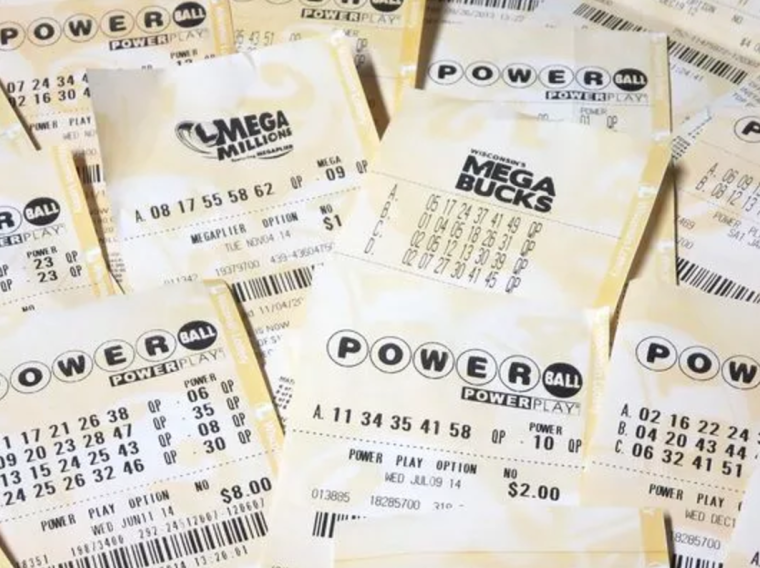
Every investor asks this question daily but with 7-10 years to exit, it takes a hell of a long time to get a good read on how you’re doing. I’ve been doing this 11 years and I still wonder how I’m really doing. This is a tl;dr post, so if you need a shortcut just reread the title and you’re done! Yes my return (realized and unrealized gains) is 11x in 11 years.
Earlier this year, I was invited to give a talk to a business group (YPO) about venture investing – what I do, how I do it and whether I’m any good at it. Even though I’ve been investing for 11 years, I’ve never formally calculated my performance using typical VC measures so I haven’t benchmarked my performance against industry data. Why? My LPs (me, myself and I) don’t require it. (Yes, I do keep a running tally of Cash-on-Cash returns and I wouldn’t be doing this if it didn’t pay off handsomely) My YPO talk gave me a good excuse to do some benchmarking.
I had to poke around to find good benchmark data. Just looking at industry averages for angel investors wasn’t helpful. The data was too old and too general. With the help of a friend at a big firm, I benchmarked my performance against the top performers among <$50M and <$100M funds for vintage years 2006-2010. No I don’t have anywhere near $100M at work but I went up to that size to get a larger data set. I started investing in 2006 and I really “heavied up” in 2010 so I decided to benchmark myself against the single best performer in that five-year range. (Choosing only one vintage year gave me a tiny dataset hence the five years and two fund size categories.)
Here is my cut at my performance compared to the top performing fund in the 2006-2010 vintages for both fund size categories:
- Cash-on-cash returns for the top-performing firm is 3.2x in those vintage years and both fund size categories (this is not an average, it’s the single best performance of any firm in any of those years in both fund size categories). My Cash-On-Cash Return is 7.5x. The average for the peer group is .71. Yes, point-seven-one. That means, on average, the funds returned 71% of the money they invested net of fees to investors. Ouch.
- Realized plus Unrealized Gains together for the top performer in both fund size categories is 6.2x in both vintage years. My Realized and Unrealized Gains are 11x. I calculate unrealized gains by looking at the valuation of the most recent funding round (waterfall approach). I don’t do anything creative or exotic like options pricing, etc. on unrealized gains. And if I’m iffy about a company’s prospects (AKA the walking dead or wounded) then I don’t include them at all (some people would include their last valuation, or mark them down). As a result, this is a rough but hopefully reasonably conservative number. I completed this analysis in Q1 and several of my companies closed significant up rounds recently so this number will increase in the next analysis.
- The IRR (realized gains only) for the top performing fund in both vintage categories is 34.5%. My Internal Rate of Return is 62%. The average for the peer group is 12%.
Another measure I think about is consistency in picking winners. If your benchmark is whether the fund contains mythical creatures like Dragons (an investment that returns the fund), Unicorns (a company with a $1B+ valuation) and Sparkle Ponies (my term for companies with a $100M+ valuation), then I have a very colorful and exotic menagerie:
- Twitter was a Dragon. Ev, Jack and Biz, thank you for having me!
- If OfferUp exited today at its most recent valuation, it would be another Dragon for me. Nick, thank you for writing that LinkedIn message way back in 2012.
- Fab was once a Unicorn, but sadly perished. Jason and Bradford, it was quite a ride and it was great to work with you. At that valuation it probably would have returned all the capital I’d invested at that time.
- TheRealReal is a Sparkle Pony that is headed toward Unicorn status. Julie you rock! Thanks for taking a breakfast meeting with me way back in 2011. Refinery29 is another Sparkle Pony well on its way to Unicorn status. Thank you to Philipe, Piera and Justin for having me.
- I have a handful of Glitter Bunnies (my term for a company that’s growing fast and has successfully raised a Series A and beyond) such as Apptopia, HomeLight and Granify.
- And I have some dogs (#Fails). More than a few, in fact. Fab is the most famous and you can read why here.
Another data point early stage investors look at is whether their companies raise additional funding rounds. 78% of my companies have gone on to raise later rounds. That’s probably double the industry standard (https://www.quora.com/What-percent-of-start-ups-raise-a-series-A for companies that raise a Series A. Often I help with fundraising (I love pitching!!). Through my direct referrals, I have helped my portfolio companies raise just under $100M in follow on capital. Others are seeing what I see in these companies and that’s awesome validation.
Some funds see a lot of singles or doubles in which companies are acquired relatively early and deliver a decent and immediate cash return that juices the IRR for the fund. For better or worse, I don’t see many singles or doubles. I think it’s the type of companies I invest in. Since they’re mostly consumer internet plays, they’re not enabling technologies that someone can acquire and fold into their tool kit. One exception is Blackbird.Ai – a visual search company that sold to Etsy for a tidy sum just five months after I made my investment. Blackbird is part of Etsy’s tool suite for small merchants. A quick turn-around like that certainly tickled my IRR.
So am I good or lucky or both…or is the jury still out? You decide. 11x in 11 years sounds good to me. I think detractors would say every squirrel gets a nut – particularly advocates of large portfolios given that I am super selective with a tight portfolio (just over two dozen companies). I think supporters would encourage me to keep swinging the bat.
The past eleven years have been a blast and I’m VERY THANKFUL to the founders for letting me bet on them and to the other great investors who have been willing to share that early risk with me.
My next post will be about how I do what I do.
(Note: I did this analysis for myself by myself. I didn’t use a third party. Admittedly it’s imperfect. BUT, my big gains are…well…big (and easily identified and calculated) so I am confident the analysis is pretty accurate. If at some point I use a third party to do the analysis, I will update this post)


 I am blessed with good inbound deal flow. I’d say I have great deal flow but Airbnb, Slack and Uber didn’t pitch me
I am blessed with good inbound deal flow. I’d say I have great deal flow but Airbnb, Slack and Uber didn’t pitch me  OK so if you’re pitching me and you’re not sure you want to take VC money, what exactly are you doing?! I’ve had a enough similar meetings with founders I think its time for a blog post on the subject.
OK so if you’re pitching me and you’re not sure you want to take VC money, what exactly are you doing?! I’ve had a enough similar meetings with founders I think its time for a blog post on the subject. Investor updates – especially in the early days – are a must yet founders often neglect to do them. Why and when should founders do them?
Investor updates – especially in the early days – are a must yet founders often neglect to do them. Why and when should founders do them?
 It’s time for my semi-annual blog post haha. I want to write more frequently, I really do. But I get caught up listening to pitches and whatever I’m helping a company with and it goes by the wayside. Excuses. Excuses. I know.
It’s time for my semi-annual blog post haha. I want to write more frequently, I really do. But I get caught up listening to pitches and whatever I’m helping a company with and it goes by the wayside. Excuses. Excuses. I know.



